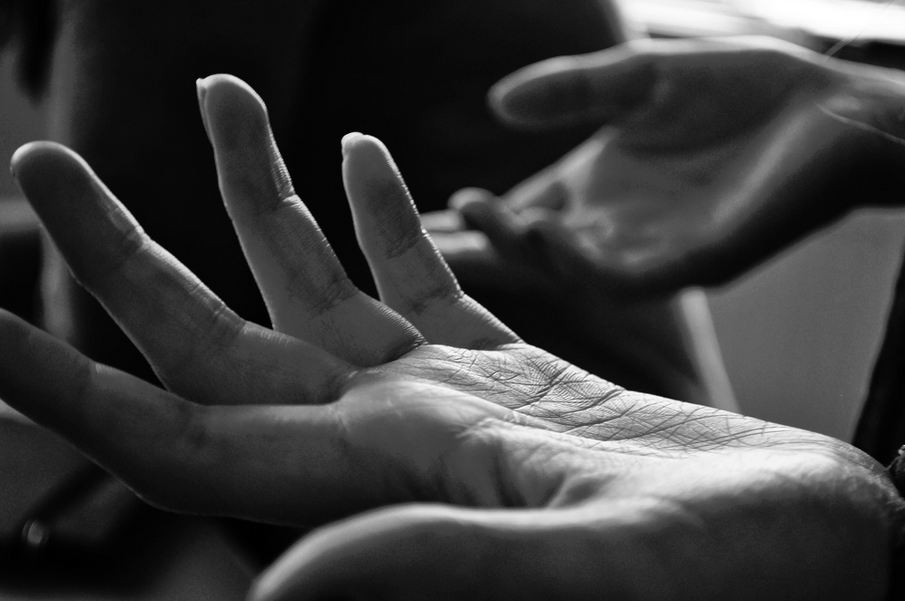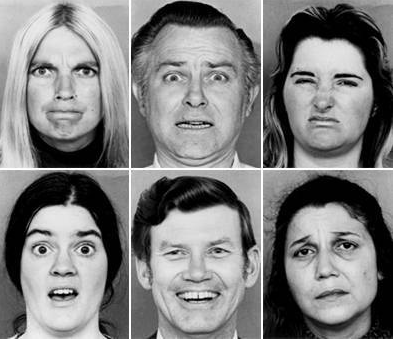Written by Laura-Lee Walker
Deception training is like having a super power. You can become a human lie detector, but there isn’t a magic pill or quick way to do this. You need extensive training and equal amounts of practice.
The techniques for identifying detection are based in science, and are the same whether you are interviewing President Obama or talking to your co-worker.
The benefits of such training are life changing. You will be able to quickly get to the heart of what’s being said, be more potent in your professional life and have improved, more authentic relationships.
Your skill can be applied to a wide range of scenarios. It will fundamentally change how you conduct interrogations and business negotiations, take victim or witness statements, interview job candidates, counsel patients, investigate fraud cases, facilitate mediations, and connect with others.
Myths about lying
Vanessa Edwards, a Behavioral Investigator at the Science of People, dispels many popular myths people associate with lying, such as that polygraph tests are an accurate way to detect deception or that a person who’s lying avoids eye contact or looks to the right.
Edwards teaches that there is no one clue that means someone is telling a lie. Instead, she demonstrates the importance of getting a baseline on how someone looks, acts and sounds when they are telling the truth. Deviations from this baseline are viewed as red flags and three red flags, called a cluster, indicate deception.
Lying is complicated business
There are many variables to pulling off a lie. Emotions shown need to match up what’s being said. Stories need to be kept straight. Statements must not reveal information the liar didn’t intend share. The trained eye and ear can see these incongruence’s and cut through the lies.
TRAINING
Edwards states that, on average, we have about 54 percent accuracy when it comes to spotting a lie. Her deception training improves the accuracy of deception detection by 80 to 90 percent.
Study body language and voice quality
Edwards teaches how to pay attention to body language and voice quality and how they tend to change during a lie. She talks about lying legs and feet, lying torso behaviour, lying arms and hands, and vocal cues to deception.
For example, in most Western countries, when someone says yes, but shakes their head no this indicates deception. If someone is saying yes, they should be shaking their head yes.

Again, it’s important to establish a baseline before analyzing someone’s body language and vocal cues.
Edwards talks about what an interview Lance Armstrong had with Oprah and what his body language contradicted what he was saying. See if you can spot the lies.
Study the face
In the 1970s, Paul Ekman pioneered the study of facial expressions and body language. Eckman mapped over 10,000 facial expressions, and studied the faces of depressed and suicidal patients to learn how to predict suicidal tendencies.
Ekman lived in a tribe in the New Guinea highlands that had never been exposed to the outside world. He was able to identify seven universal expressions including anger, happiness, sadness, disgust, fear, surprise and contempt.

Ekman also demonstrated that micro-expressions, which are brief and involuntary facial expressions, reveal someone’s true emotions. Said another way, Eckman gave us a scientific recipe for lie detection: universal expressions that are revealed in an involuntary way.
Eckman offers online training to help identify micro-expressions and incongruence’s in what someone is saying versus what they are actually feeling.
Ekman’s science formed the basis of a TV series called Lie to Me, about Dr. Cal Lightman, a leader in deception research. Lightman studies facial expressions and body language to determine if a person is lying, mostly for the government and police. It’s a great watch for lie detection enthusiasts.
Learn statement analysis
Mark McClish, a retired Deputy United States Marshal, founded statement analysis as an effective way to detect deception in verbal or written statements. Students that have taken his course could detect deception with 84 percent accuracy.
“People’s words will betray them” says McClish, “It is not easy to withhold information. People tell us more than they realize.”
The use of certain verb tense, passive voice, changing pronouns, repetition, extraneous information, omissions, and the order that people recall events, and other word choices contribute to what is being said and whether a subject is being truthful.

For example, an analysis of a statement made by Scott Lee Peterson shows how a change in verb tense can be an indication of guilt. Peterson was convicted of murdering his wife and their unborn son. Prior to his conviction, he made the following statement:
“God, the first word that comes to mind is, you know, glorious. I mean we took care of each other, very well. She was amazing. She is amazing.”
Peterson spoke about his wife in past tense indicating that he knew his wife was dead before realizing his mistake and correcting himself.
Read this article to learn more about how to use statement analysis to detect deception.
Remember, the more you practice, the better you will become at lie detection. Reality TV shows, such as Border Security: Canada’s Front Line, can provide you with real-life examples of people look like and sounds when they are telling the truth or lying.
Laura-Lee is an open-source intelligence analyst at Kusic and Kusic Private Investigators, and a student in lie detection. She specializes in litigation support, brand protection, background checks, and online investigations.
Photo Credit: Flickr (woman), Flickr (hands), Flickr (micro-expressions), and Flickr (statement analysis)

